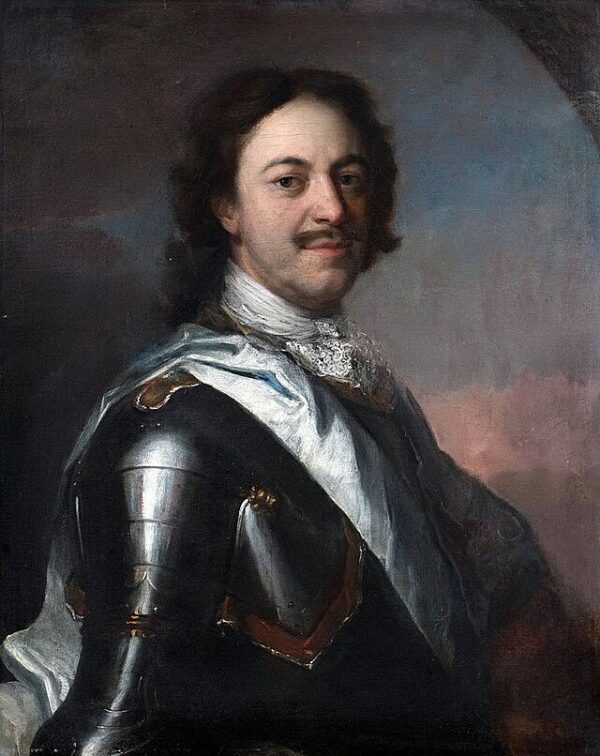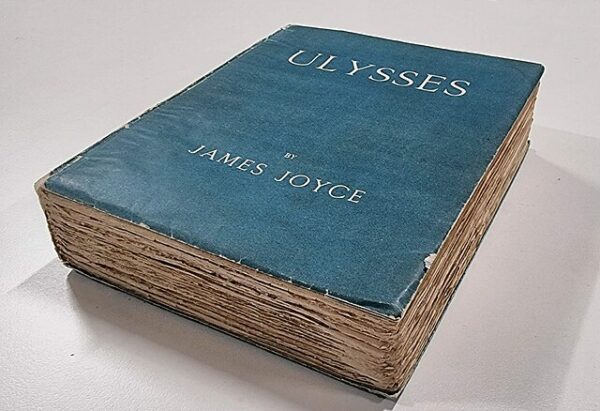On May 27, 1703, Tsar Peter I—later styled “the Great”—ordered the construction of a fortress on a mosquito-infested island at the mouth of the Neva River. In doing so, he planted the imperial standard for what would become Saint Petersburg, a city forged not by geography or commerce but by will—his will. It was to be no mere outpost, but a rupture in Russian history: a forced pivot westward, executed with little regard for nature, tradition, or human life.
Peter’s timing was no accident. He had recently seized the site from Sweden during the early years of the Great Northern War, a campaign designed to break Sweden’s hold on the Baltic and secure for Russia a long-coveted maritime outlet. Lacking a true warm-water port, Peter saw the Baltic not just as a strategic necessity but as a civilizational threshold—a portal through which Russia could enter the European order as something more than a distant, Asiatic curiosity. And so, amid the mudflats of the Neva delta, he laid claim to that future.
The initial structure, the Peter and Paul Fortress, was erected on Zayachy Island. But the fortress was only the seed. Within weeks, the tsar had committed to something far grander: a modern city, built in stone, anchored to a grid of boulevards and canals, staffed by Western architects, and designed to house a Europeanized nobility who would reflect his vision back to the world. Never mind that the ground was swamp or that the river routinely flooded. Never mind that Russia had neither the resources nor manpower to spare. The tsar decreed, and so it would be.
To build his city, Peter conscripted tens of thousands of laborers—serfs, soldiers, prisoners, even entire villages. They toiled in waist-deep water, hauling stones by hand, succumbing in droves to disease, exposure, and exhaustion. No formal record exists of the dead, but the phrase passed quickly into common use: St. Petersburg is built on bones. In typical fashion, Peter dismissed such concerns. Progress, to his mind, was inseparable from pain.
And yet out of that pain emerged something extraordinary. Saint Petersburg bore no resemblance to the smoky wooden kremlins of old Muscovy. Its broad avenues, pastel facades, and European geometry announced a new aesthetic and, with it, a new political order. Baroque palaces rose beside Dutch-inspired canals. Public squares replaced church courtyards. The skyline was dominated not by onion domes but by spires—most notably that of the Peter and Paul Cathedral, a gilded declaration of imperial permanence.
By 1712, Saint Petersburg had supplanted Moscow as Russia’s capital. The move was more than symbolic. Moscow represented orthodoxy, boyar privilege, and the weight of Russia’s medieval past. Saint Petersburg represented Peter’s break with all that—his insistence on secular state power, his embrace of Western technology and manners, and his belief that Russia’s greatness would not be inherited but engineered.
Over time, Saint Petersburg would become the nerve center of the Russian Empire, giving birth to its literature, bureaucracy, revolutions, and, eventually, its contradictions. Renamed Petrograd during World War I, then Leningrad after the Bolsheviks seized power, the city would endure siege, famine, and ideological cleansing—yet it never lost its singular role in the Russian imagination. It was, and remains, the monument to a single ruler’s audacity.
Peter did not find a city—he imposed one. And in that act of imposition, he defined what it meant to rule in Russia: not merely to lead but to remake, not to preserve but to drag an unwilling nation toward an invented destiny.






